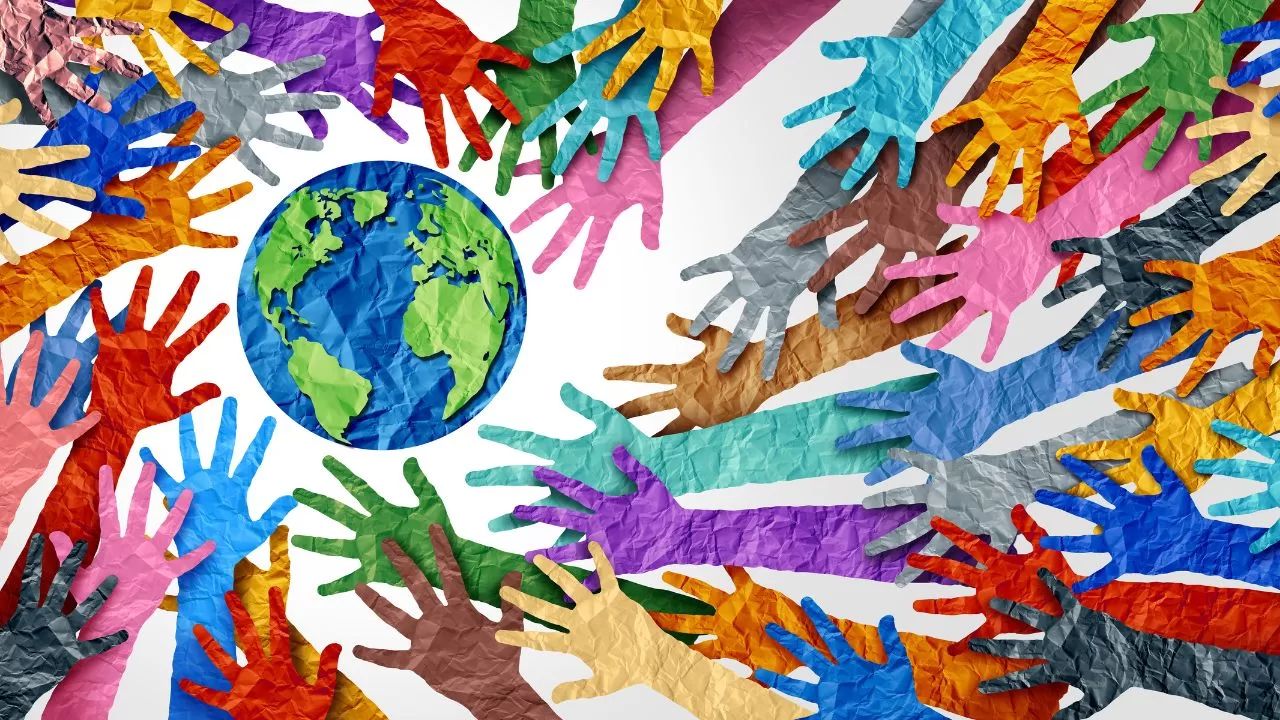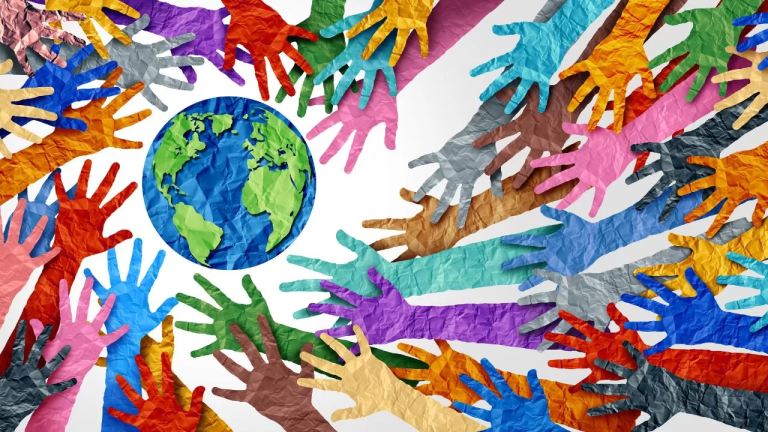In a world where words hold the key to understanding, navigating the vast tapestry of cultural diversity through language opens up a gateway to new perspectives and shared experiences. Communication is not just about speaking and listening, but about delving into the rich nuances of different languages and the unique ways in which they shape our interactions with one another. Join us on a journey to explore the power of language in unlocking the complexities of cultural diversity and fostering meaningful connections across borders.

Language as a Reflection of Cultural Diversity
Language is not just a means of communication; it is also a reflection of the cultural diversity that exists in our world. The way a language is structured, the words it contains, and the idioms it uses all provide insight into the values, beliefs, and traditions of a particular group of people. By understanding the influence of language on cultural diversity, we can begin to appreciate the richness and complexity of the human experience.
The Role of Multilingualism in Bridging Communication Gaps
In a globalized world where people from different linguistic backgrounds interact on a daily basis, multilingualism plays a crucial role in bridging communication gaps. Being able to speak more than one language not only facilitates better understanding between individuals but also fosters a sense of inclusivity and connection. By embracing multilingualism, we can overcome barriers and build stronger relationships with people from diverse cultural backgrounds.
Promoting Inclusivity and Appreciation of Linguistic Differences
One of the key ways to promote inclusivity and appreciation of linguistic differences is by creating a welcoming environment where all languages are valued and respected. Encouraging language diversity in schools, workplaces, and communities can help to break down stereotypes and promote mutual understanding. By celebrating the richness of linguistic diversity, we can create a more inclusive and harmonious society.
The Power of Language for Global Collaboration
Language has the power to unite people across borders and facilitate global collaboration. By harnessing the power of language, we can work together to address complex challenges such as climate change, poverty, and social inequality. Whether through international diplomacy, business negotiations, or cultural exchange programs, language serves as a powerful tool for building bridges and forging connections between individuals and communities around the world.
The Conclusion
As we journey through the intricacies of language and its impact on cultural diversity and communication, we are reminded of the immense power that words hold in shaping our perceptions and understanding of the world. By embracing and celebrating the richness of linguistic diversity, we not only foster deeper connections with others but also gain a greater appreciation for the intricate tapestry of human experiences. So let us continue to explore, learn, and respect the many languages and cultures that make up our world, for it is through this understanding that we can truly break down barriers and build bridges of communication and understanding.


